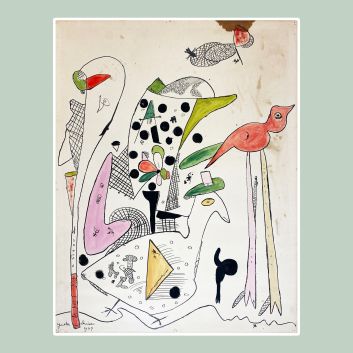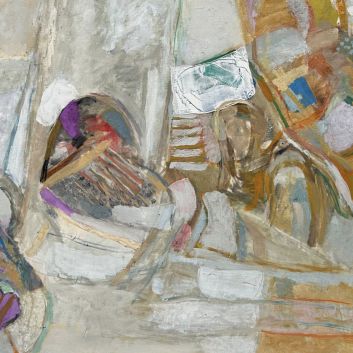Rating and value of works, drawings, paintings by Georg Baselitz
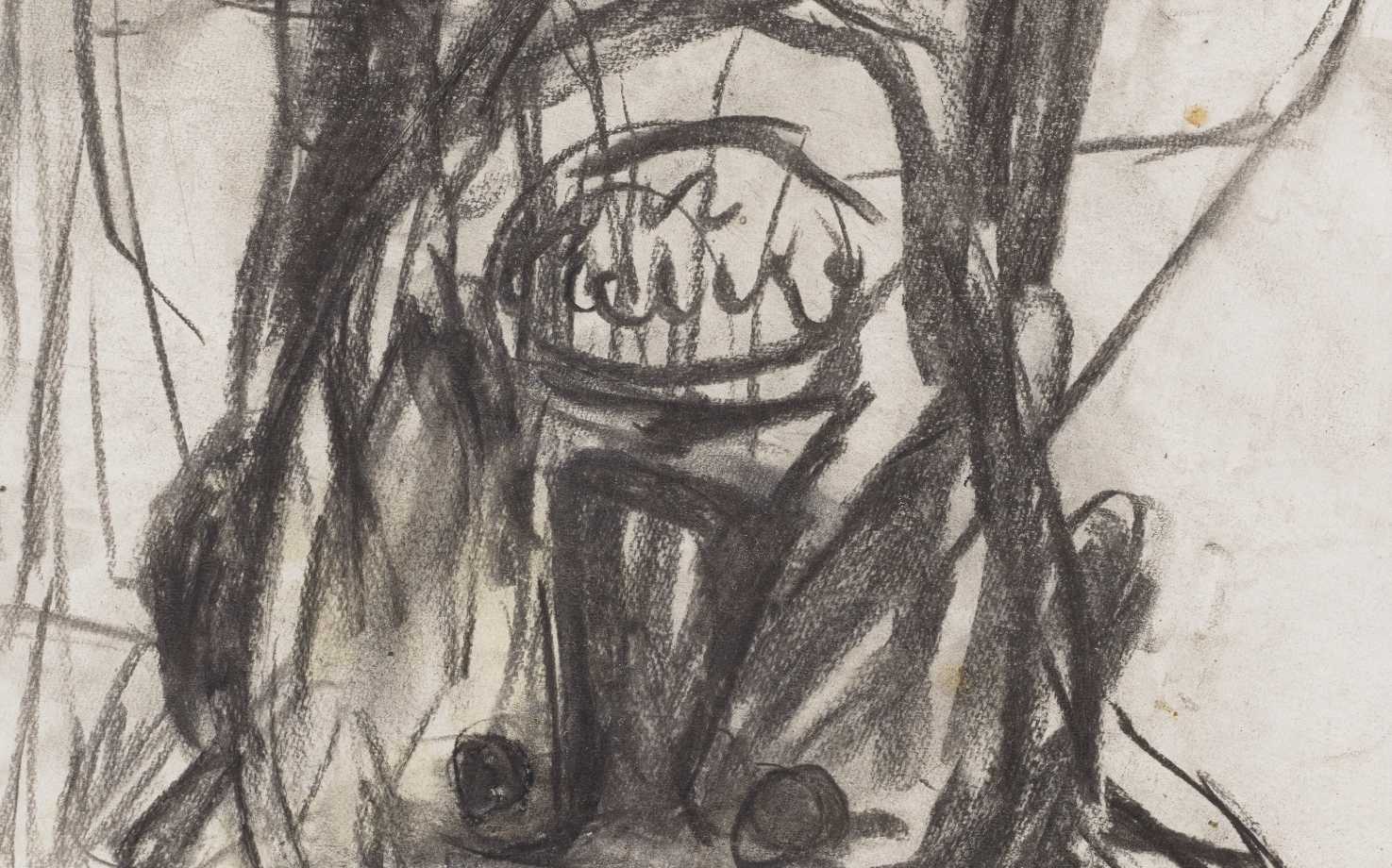
If you own a work by or after Georg Baselitz, and would like to know its value, our state-approved experts and auctioneers will be happy to offer you their appraisal services.
Our specialists will carry out a free appraisal of your work, and provide you with a precise estimate of its current market value.
Then, if you want to sell your work, we'll point you in the right direction to get the best possible price for it.
Rating and artist value Georg Baselitz
The artist Georg Baselitz left behind a classic body of work, consisting mainly of abstract paintings. Today, prices for his works are skyrocketing under auctioneers' gavels.
His paintings are highly prized, especially by English and American buyers. The price at which they sell on the art market ranges from €30 to €7,487,350, a very substantial difference, but one that speaks volumes about the value that can be attributed to Baselitz's works.
In 2022, his dark-toned oil on canvas Spekulatius sold for €6,267,000. His value is at its highest in recent years.
Order of value from a simple work to the most prestigious
Technique used | Results |
|---|---|
From €30 to €123,410 | |
Drawing - watercolor | From €200 to €1,080,640 |
Oil on canvas | From €1,700 to €7,487,350 |
Response in less than 24h

Style and technique of the artist Georg Baselitz
Georg Baselitz mainly creates prints. He also worked in gouache, simple drawing and oil on canvas. He is part of the neo-expressionist movement, influenced by Die Brücke. His painting is figurative, and he has the particularity of exhibiting his paintings upside down. He makes extensive use of the brush.
Georg Baselitz, an artistic figure in West Berlin
German artist Georg Baselitz (real name Georg Hans Kern) was born in Saxony in 1938, during the Nazi era. He is now 85 and still teaches at the Berlin Art Academy.
He is an engraver, sculptor and painter. His life was punctuated by the Second World War and the Cold War. He grew up in the GDR, then left to study in West Germany. He made a name for himself in Berlin in the 60s, and by this time had become one of the leading exponents of West Berlin art. He soon found his own pictorial style, following in the footsteps of German neo-expressionism, influenced by Die Brücke.
He failed to enroll at the Dresden School of Fine Arts, and so studied at the Berlin School of Visual and Applied Arts, which expelled him for his "socio-political immaturity". He was admitted to the Charlottenburg School of Fine Arts, where he was inspired by the art theories of Malevich and Kandinsky. After a trip to Amsterdam, he left his studies to work on his own, producing works at home. He travels to Paris, where he discovers the work ofEugène Leroywith whom he remained friends for the rest of his life. He drew much inspiration from them. He also became interested in Art Brut, which included artists such as Gaston Chaissac.
He exhibits his work with another artist and writes two manifestos. In 1963, he held his first solo exhibition, and two of his works were seized by a bailiff for offences against public order.
In the 1980s, his painting became more abstract. At the end of his career, he moved to Italy and exhibited in New York. Very much a Berliner, he acquired an international reputation for scandal and refusal of conformity. Retrospectives of his work are held all over the world.
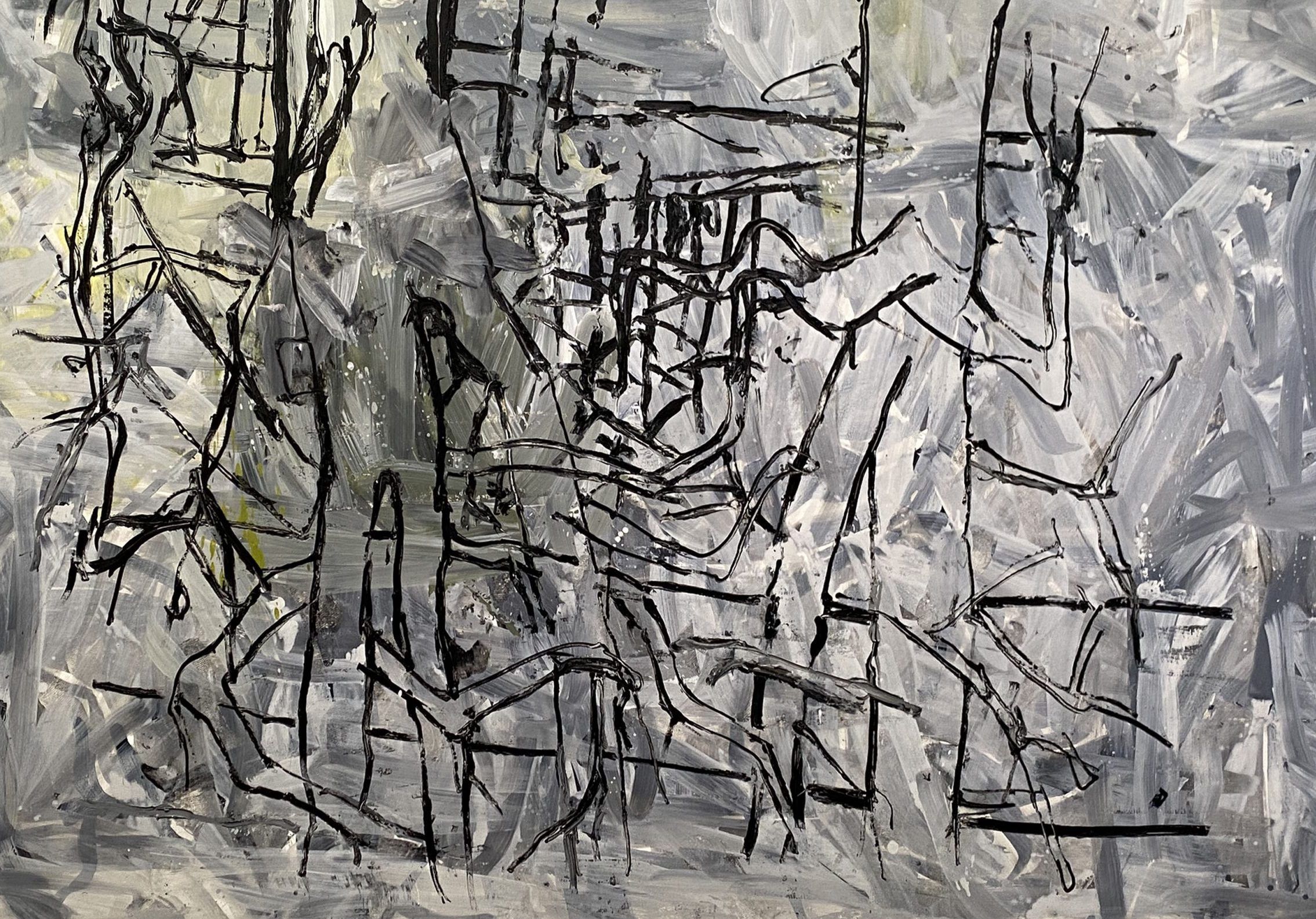
Understanding the role of German Expressionism in the 20th century
German Expressionism, particularly during the 20th century, was permanently influenced by Germany's complex history, marked by the Second World War and the Cold War.
This artistic movement, born in the early 20th century thanks to groups such as Die Brücke, and linked to artists such as Otto Dixcontinued to develop through these periods of upheaval, finding landmarks and opportunities for expansion in the city of Berlin.
Berlin, devastated by war and divided by the Wall, became a symbol of the political and ideological tensions that marked the period. It was against this backdrop that Expressionism, and later Neo-Expressionism, took on a new dimension.
Berlin's artists drew on the city's oppressive atmosphere to express the traumas of war and the anxieties of the post-war period.
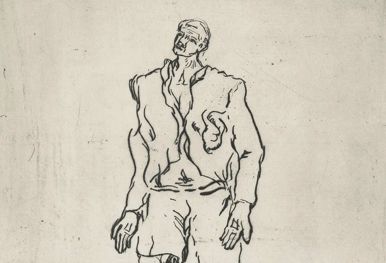
Berlin, fragmented between East and West, became a laboratory for artistic experimentation, where painters, engravers and sculptors reacted to their environment by creating works marked by raw emotional intensity and a rejection of aesthetic conventions.
The work of these artists, often imbued with a sense of disillusionment and anger, reflected the brutality of the times and the absurdity of ideological divisions.
The emblematic figures of Berlin Expressionism, like those influenced by the two most famous Expressionist groups, Die Brücke and the Blaue Reiter, were direct witnesses to the horrors of war and repression.
They translated these experiences into works in which distorted forms and expressive use of color were used to denounce human suffering. In the context of the Cold War, West Berlin became a bastion of artistic freedom, contrasting with the rigorous censorship in the East.
Neo-expressionism, which emerged in the 1960s and 1970s, revived the rebellious spirit of its predecessors, while integrating the new realities of a divided Germany.
Georg Baselitz, for example, with his provocative works and refusal of conformity, embodied this resurgence of the movement in Berlin. He drew inspiration from the Expressionist masters while bringing a contemporary perspective to the anxieties of his time.
Through the Second World War and the Cold War, Berlin Expressionism remained a mirror of Germany's tumultuous history, an artistic cry against the atrocities of history, and an affirmation of the creative spirit in the face of adversity.
More about the work of Georg Baselitz
The auction value of Baselitz's works
Works by Georg Baselitz are extremely popular at auction. His paintings are sought after by many collectors.
Baselitz's works come from a very particular artistic, sociological and historical context, and are particularly prized as unique historical witnesses to Berlin's creative environment from the 40s to the 80s, and beyond.
His paintings exude a particular aura, imbued with anger, a desire for freedom and a certain violence characteristic of society during this period.
Georg Baselitz's imprint on his period
Georg Baselitz marked his time with his provocative spirit and constant artistic renewal. Rejected and expelled from two schools, he is now a professor at Berlin's School of Fine Arts, where his artistic identity lives on among his students. Strongly influenced by Eugène Leroy, they were associated in a French exhibition in 2013, which featured the two artists' respective paintings.
Recognizing the artist's signature
Not all works by Georg Baselitz are signed. They may be at the bottom of the painting, but if you think you own one, it's best to have it appraised to be sure of its originality.

Knowing the value of a work
If you happen to own a work by Baselitz or after the artist, don't hesitate to request a free appraisal using our form on our website.
A member of our team of experts and certified auctioneers will contact you promptly to provide you with an estimate of the market value of your work, as well as any relevant information about it.
If you wish to sell your work of art, our specialists will also be on hand to help you sell it at the best possible price, taking into account market trends.
Response in less than 24h
Related topics

Rating and value of armchairs, chairs and stools by Pierre C...
Pierre Chapo is an iconic twentieth-century designer who has produced furniture that is quoted and valued on the auction market.
Read more >

Rating and value of paintings by Bernard L...
Bernard Lorjou is a twentieth-century expressionist painter whose paintings, drawings and drawings are highly valued.
Read more >
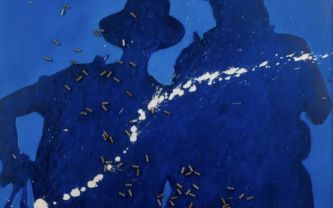
Cote et valeur des tableaux, dessins, peintures de Jacques M...
Jacques Monory est un peintre et sculpteur de la figuration narrative qui a produit de nombreuses oeuvres dont la cote et la valeur sont élevées.
Read more >
Secure site, anonymity preserved
State-approved auctioneer and expert
Free, certified estimates
